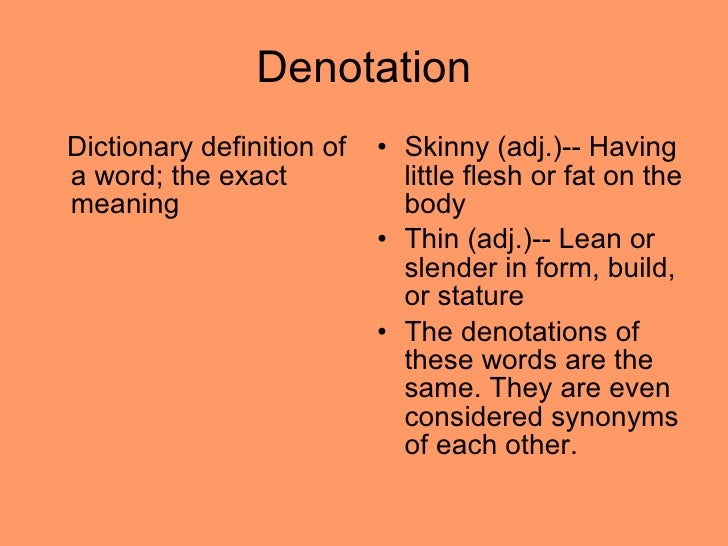

Metered and rhymed verse: regular meter, regular accent patterns, and a set rhyme pattern.Here are three of the most important categories in contemporary English poetry: The word “verse” is sometimes used synonymously with “poetry.”Ī restrictive definition of “verse” would be lines of writing that form a regular rhythm. It’s the way one line turns into another.

Verse is probably the definitive poetic device. For example, tech-industry writing typically employs a different diction than mainstream reporting. You can see the same thing happening in various types of writing. The contemporary trend is toward specialization: Literary movements, schools, social groups, poets or even individual poems tend to establish their own definitions of poetic diction. To sum up, this practice-wide standardization of word choice has stopped being a defining element of poetry. “Ere,” “oft” and “lo” are still perennially useful in crossword puzzles, so there’s that.

Most people don’t use these terms very often anymore. They used special language in their attempts to differentiate poetic literature from prosaic, in imitation of the Greek and Latin poets. For example, in Ancient Greece, different dialects were used for different types of literature.Īcademic English poets used to be all about ancient lit. Others seem to create language with more or less the same techniques and choices regardless of its applications.Īt one point in time, you could tell you were reading some sort of verse - and even what type of verse you were reading, in some cases - by the type of language being used. Most poets set aside certain language-creation choices for their poetry - as opposed to their critical prose or persuasive speech, for example. Anyway, at the risk of being abrupt, here goes.ĭiction is word choice, and poetic diction is word choice that creates poetry. This article is not a complete poetic devices list, but it’s a good one.


 0 kommentar(er)
0 kommentar(er)
